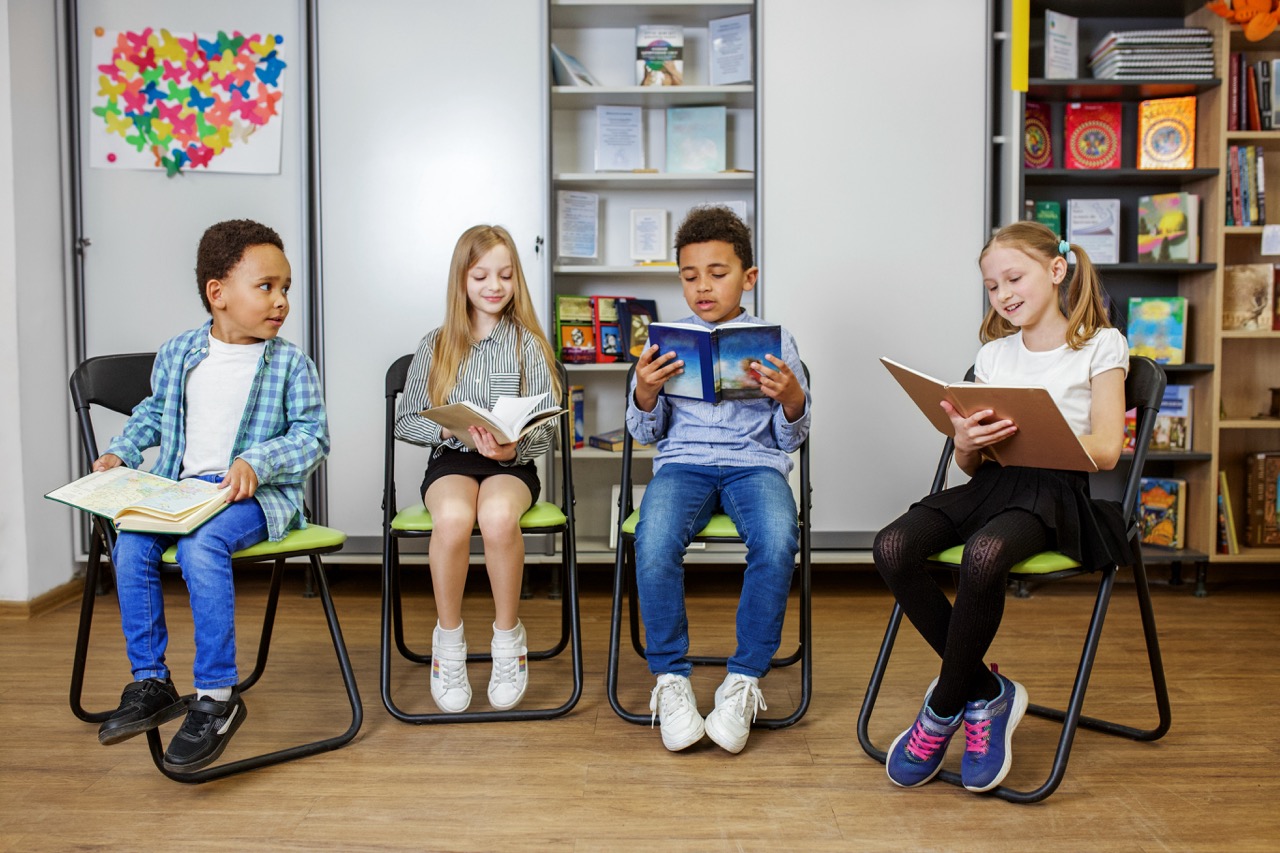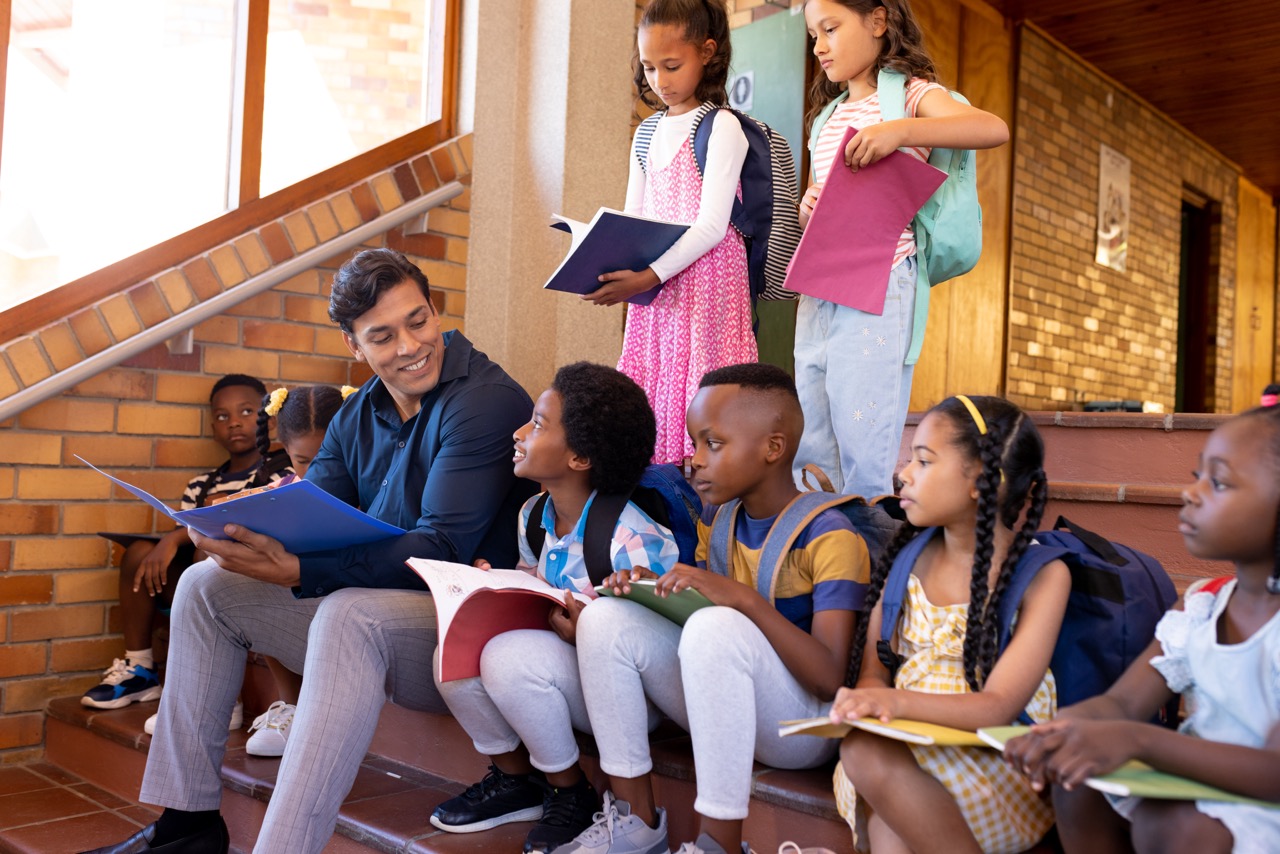In a world where technology often dominates playtime, merging literature with science can provide a refreshing avenue for children’s engagement and education. Storytime science combines the elements of beloved children’s books with hands-on experiments, fostering curiosity and wonder. By drawing inspiration from popular tales, parents and educators can create an interactive learning experience that not only entertains but also educates. This article explores how story-based science experiments can ignite children’s imaginations and instill a love for learning.
Discover the Magic of Story-Based Science Experiments
The world of children’s literature is filled with enchanting stories and colorful characters that captivate young minds. When these tales are paired with science experiments, they create an immersive experience that brings the narrative to life. Story-based science experiments allow children to explore the wonders of the natural world while simultaneously connecting with their favorite characters and plots. This unique approach promotes a love for both reading and scientific inquiry, making learning feel like an adventure rather than a chore.
Consider the classic story of "The Very Hungry Caterpillar" by Eric Carle. A simple experiment can illustrate the life cycle of a butterfly, using materials that mimic the caterpillar’s transformation. By engaging in an activity that reflects the narrative, children become active participants in the learning process. Such experiments invite children to step into the shoes of the characters and to experience the joy of discovery firsthand, which can be both rewarding and memorable.
Furthermore, storytime science helps in the development of critical thinking skills. As children observe and analyze the outcomes of their experiments, they learn to ask questions, make predictions, and draw conclusions—key components of scientific learning. The combination of narrative and experimentation not only enhances understanding but also fosters a deeper connection to the story, making it a multifaceted educational tool.
Engaging Kids: The Science Behind Their Favorite Tales
Engagement is crucial when it comes to teaching children, and there is no better way to captivate their attention than through their favorite tales. The familiarity of beloved children’s books acts as a springboard for curiosity, prompting kids to explore the scientific principles embedded within these narratives. As they relate the story to real-world phenomena, they become more invested in the learning process, energizing their natural inquisitiveness.
For instance, in "The Cat in the Hat" by Dr. Seuss, children can conduct a simple experiment to explore balance and gravity using a stack of books or objects. By recreating the antics of the mischievous cat, kids not only have fun but also gain insight into the scientific concepts of weight distribution and stability. This hands-on approach makes the theories tangible and demonstrates how science is woven into everyday experiences.
By integrating science with storytelling, educators can harness the power of narrative to promote retention and understanding. Studies have shown that children are more likely to remember information when it is presented in a story format. This synergy between literature and science creates an enriched learning environment where children are encouraged to make connections, ask questions, and develop a sustained interest in both fields.
Hands-On Learning: Experiments from Beloved Storybooks
Hands-on learning is a cornerstone of effective education, and story-based science experiments provide the perfect opportunity to engage young learners. By linking experiments to well-loved storybooks, children can delve deeper into the narrative while exploring scientific concepts in a tangible way. This method transforms abstract ideas into concrete experiences, making learning both enjoyable and impactful.
Consider the delightful tale of "If You Give a Mouse a Cookie" by Laura Numeroff. This circular story can inspire a fun experiment exploring cause and effect, as children create a chain reaction using simple materials. By engaging in this interactive activity, kids not only grasp the concept of sequential events but also experience the joy of experimentation, mirroring the mouse’s adventures in the narrative.
Another example can be drawn from "The Magic School Bus" series by Joanna Cole, which invites readers on educational journeys into the human body, the ocean, and outer space. Inspired by these explorations, children can conduct experiments related to the topics covered in the books, such as creating a model of the solar system or exploring buoyancy through boat-building activities. These experiments anchor the stories in reality, allowing children to see the science behind the magic.
Spark Curiosity: Activities Inspired by Classic Characters
Classic characters from children’s literature offer endless opportunities for scientific exploration. These characters have become icons in their own right, often embodying traits that encourage curiosity, creativity, and discovery. By engaging with these beloved figures, children are inspired to ask questions, think critically, and experiment.
For example, the adventurous spirit of Curious George can be harnessed to conduct simple physics experiments. Kids can create ramps to test the speed of toy cars or build structures to explore stability and weight. Following in the footsteps of George, they learn through trial and error, developing problem-solving skills as they refine their designs and understand the principles of motion and forces.
Similarly, the whimsical world of "Alice in Wonderland" offers a plethora of opportunities for exploration. Children can create their own "mad tea party" to learn about chemical reactions by mixing ingredients that produce effervescent results. These playful activities not only foster a sense of wonder but also empower children to discover the underlying science that explains their observations, sparking curiosity and encouraging further exploration.
Educational Fun: Merging Literature with Science Projects
Merging literature with science projects creates an educational landscape that is as fun as it is informative. This approach encourages children to view learning through a lens of creativity and imagination, where scientific concepts are intertwined with engaging narratives. Such projects help to demystify science and present it as an accessible and exciting field.
For instance, inspired by "The Berenstain Bears" series, children can engage in projects related to health and the environment. After reading about the Bear family’s adventures, kids can investigate healthy eating by creating models of different food groups or exploring gardening techniques to understand plant growth and ecology. These projects not only reinforce lessons from the story but also cultivate a sense of responsibility towards health and the environment.
Moreover, integrating literature with science fosters collaboration among peers. Group projects inspired by storybooks encourage teamwork and communication, allowing children to share ideas and learn from one another. This collaborative environment builds essential social skills while deepening their understanding of the scientific concepts they explore through literature.
Building a Love for Learning Through Storytime Science
The fusion of storytime and science provides a powerful platform for building a lifelong love for learning. By weaving together narratives and hands-on experiments, children are equipped with the tools to explore the world around them. This dynamic approach not only enriches their understanding of science but also nurtures a passion for reading and storytelling.
As children engage in storytime science, they develop critical skills such as observation, inquiry, and reflection. These foundational skills are essential for lifelong learning, encouraging children to remain curious and open-minded as they navigate their educational journeys. The ability to make connections between literature and science fosters a holistic understanding of the world, empowering children to see the relevance of what they learn in their everyday lives.
Ultimately, storytime science is more than just a method of education—it’s an invitation to explore, create, and discover. By igniting a passion for reading and scientific inquiry, this innovative approach nurtures well-rounded learners who are prepared to tackle the complexities of the world with confidence and enthusiasm.
Incorporating storytime science into children’s learning experiences offers a unique and effective way to engage young minds. By blending beloved narratives with hands-on experiments, we can foster curiosity and critical thinking skills while building a love for both reading and science. As parents and educators, embracing this approach can create enriching environments that inspire children to explore, question, and ultimately thrive in their educational journeys. Through the magic of stories and the excitement of experimentation, we can empower the next generation to become lifelong learners and passionate explorers of the world around them.










